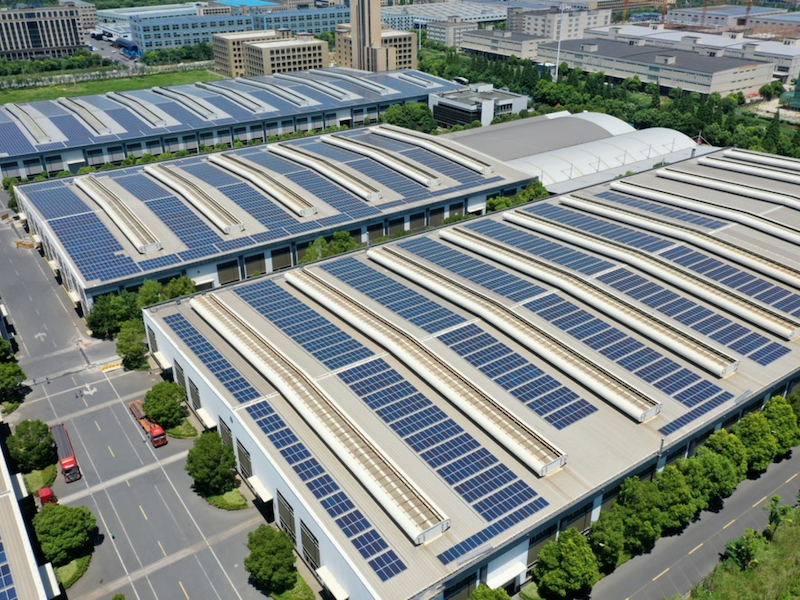Contact Us Today!
(555) 555-5555 | SALES@SOLENTIAL.COM
Or, fill out the form below and we'll get right back to you.
(555) 555-5555 | SALES@SOLENTIAL.COM
Or, fill out the form below and we'll get right back to you.


Interest in solar energy has never been as strong as it is now. It seems like every issue of Midwest Energy News has several new solar project announcements.
But I’ve also noticed something else: push back from communities that don’t want huge solar farms in their backyards. These huge solar farms are viewed as eye sores and as removing valuable farmlands from producing food America needs.
While we can all agree affordable, renewable energy benefits everyone, especially at a time of soaring energy costs, where arrays are located can be highly sensitive for communities.
Solential Energy serves a wide range of commercial solar customers in rural and urban areas. Where to locate the customer’s array is one of the first, most critical decisions. Ground-mounted solar arrays are often the best option because of the customer having available land or access to land in areas not in full public view. An example of this is a solar array we’re currently developing for Hendricks Power Cooperative. It is sited in a rural area with a buffer of forest. Out of sight, out of mind.

Another secret to success: Hendricks has done a great job communicating the solar project to its members. As a electric cooperative, members come first so getting people onboard and understanding the project and the benefits of adding solar to their energy mix has been a top priority. Instead of NIMBY, people are excited about the project.
Ground-mounted solar arrays aren’t the only option. Roof-mounted solar arrays are a great option as it uses existing space and elevates it out of the line of sight. A good example of this is a new solar project Solential is doing for the Carmel Clay Public Library. The library is located on Main Street in Carmel and just completed a $40 million renovation, which includes a beautiful outdoor space for events and casual gatherings. The last thing they wanted was a ground-mounted solar array.

Early in their renovation process – and rightly so – they explored using their roof for the solar array. After engineering analysis, the library’s roof was determined to be suitable for a solar array. The only change needed was better access to the roof for Solential’s team and library staff. When completed, the array will be nearly invisible from the ground so it won’t distract from the library building’s beautiful architecture. Instead, it will quietly go about the business of producing solar energy for the library.
Rooftop solar is suited for flat roofs. Looking at all of the expansive distribution centers, warehouses, and manufacturing facilities with flat roofs across Indiana and other Midwestern states, the opportunities to locate solar arrays in these locations are significant. It is hard to imagine communities being upset with this more “out of sight” approach.
Closely related to rooftop solar are solar canopies. These are often located on the top floor of parking structures. It’s another flexible solution that is aesthetically pleasing and functional in terms of generating renewable solar energy while shading vehicles and people.

Rooftop solar does require planning. The building has to be structurally capable of supporting the weight of the solar arrays. This is not a huge challenge, but does need to be considered.
Another option gaining in popularity for municipal water and wastewater processing plants is floatovoltaics – basically solar arrays that are mounted over treatment lagoons and reservoirs. Since these facilities are largely out of public view, there are no community complaints. Especially when people learn that powering public utilities with solar energy keeps their water and sewer bills down. Utilities like floatovoltaics because they don’t have to purchase additional land and mounting solar panels over water can boost the generating capacity of the panels. Solential has two projects in the works using floatovoltaics.
Community support of solar projects is important and it’s something Solential likes to “bake into” our projects. If you are considering solar energy for your city, water utilities, school, business or farm, let’s connect and discuss the best ways to optimize your solar solution.